How to Get Rid of African Lovegrass in Your Lawn
African Lovegrass (Eragrostis curvula) is a tufted, grassy weed that’s most prevalent in Australian pastures and grazing land, but it can impact home lawns too. Originally ...

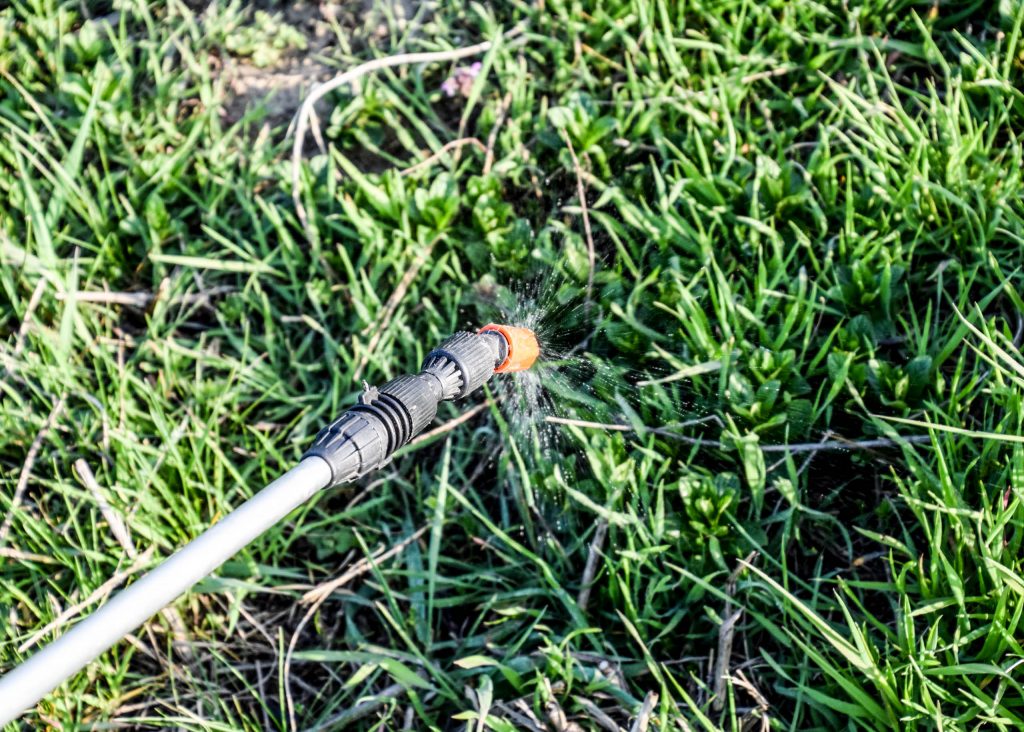 It can be hugely disappointing to see the damage fungal diseases can do to your lawn, whether it manifests as discoloured leaves, slime, or expanding dead patches of grass.
It can be hugely disappointing to see the damage fungal diseases can do to your lawn, whether it manifests as discoloured leaves, slime, or expanding dead patches of grass.
The emergence of fungal disease in your lawn is usually a sign it is under stress, often from extremes of temperature and moisture, night watering, poor nutrition, scalping, soil compaction, or chemical damage from misuse or overuse.
Sometimes what might look like a fungal disease is actually caused by pests or weeds, so accurately identifying what’s responsible is the first step to getting on top of it.
Better still, if you’ve had disease outbreaks in the past, there are measures you can take to prevent them from recurring year after year.
How long the effects of lawn fungicide last will depend on the severity of infection, the type of fungicide and whether you apply it according to the instructions on the label.
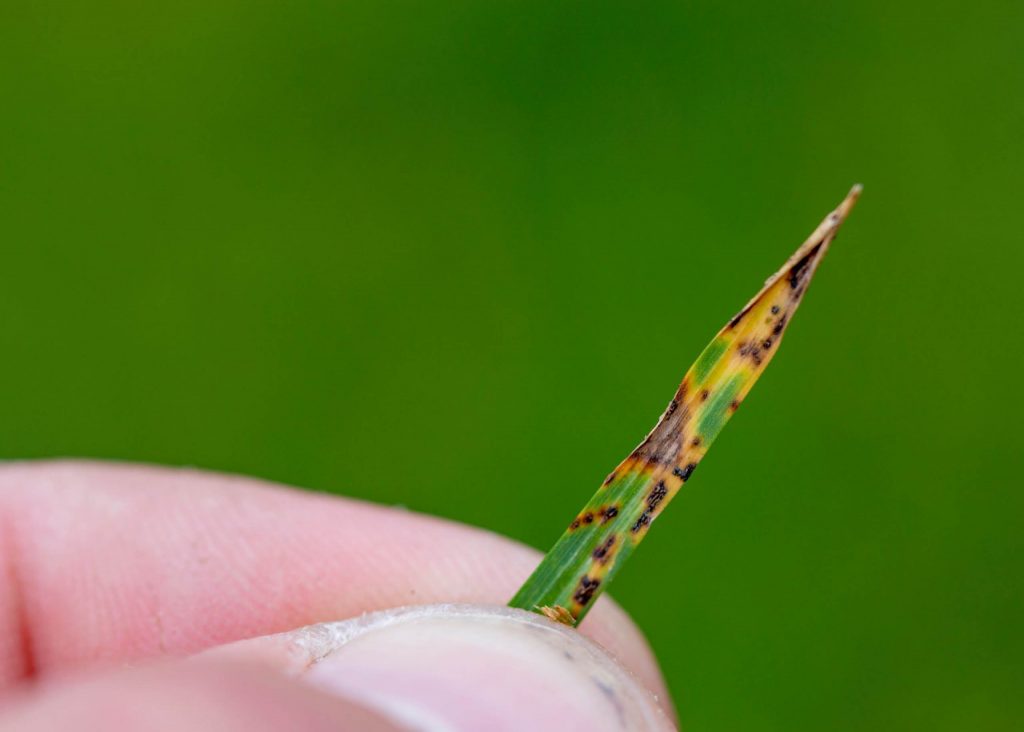 First things first. You can see there’s something wrong with your lawn but if you’re not sure what it is, seek advice from your local garden centre.
First things first. You can see there’s something wrong with your lawn but if you’re not sure what it is, seek advice from your local garden centre.
Or you can refer to our guide to preventing and managing a range of common lawn diseases.
The two main ways of tackling fungal disease are with a contact fungicide or a systemic fungicide.
Contact fungicides form a barrier on the outside of leaves and stems, stopping the disease from entering the plant and causing damage. These are best used as a preventative to protect your grass before it becomes infected.
Contact fungicides can be effective for 3-8 days but will stop working when that protective layer is washed off by rain or watering and will need to be reapplied.
Mowing or heavy foot traffic also will reduce effectiveness.
Systemic fungicides penetrate the plant and are translocated to and from the roots, allowing them to work from the inside out. These will attack and kill the fungus on infected plants, whether symptoms are visible or not, allowing for healthy new growth.
Systemic fungicides are most effective when applied early, such as within the first three days, although results depend on the severity of the infection. They’re not washed off by rain and can keep working for longer than a contact fungicide – up to 25 days or more.
Fungicides are available in a range of formulations, including granules, dry powders that must be mixed with water, liquid concentrates, or ready to use sprays.
Liquid fungicides, which require less measuring and mixing, are generally the easiest to use. They also don’t usually need to be watered into the soil.
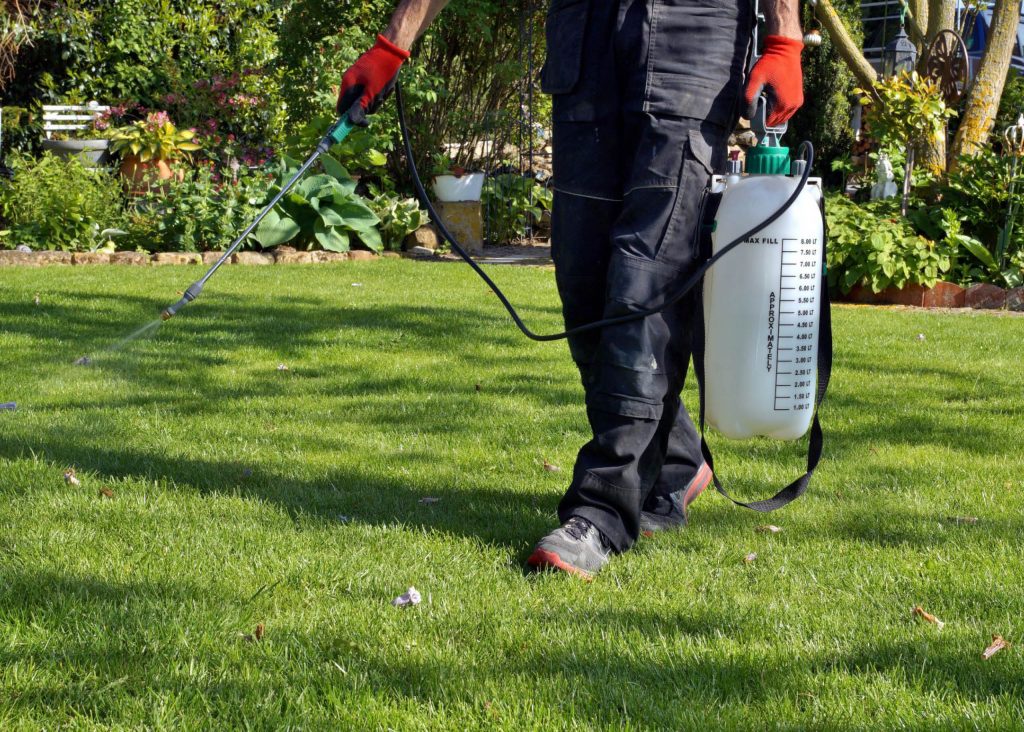 The best time to apply fungicide will depend on whether you’re using a contact fungicide or a systemic fungicide.
The best time to apply fungicide will depend on whether you’re using a contact fungicide or a systemic fungicide.
It is usually early in the morning – before bees are foraging – and more than 24 hours before rain is expected.
The spray must be able to dry, but avoid spraying when it’s windy or conditions are otherwise likely to encourage spray drift onto fruit and vegetable gardens.
It might be necessary to spray more than once if conditions favourable to disease persist, but don’t use the same product each time.
Alternate between contact and systemic fungicides as well as using fungicides from different modes of action groups to avoid the development of resistance which can make chemicals less effective.
Always read the product label and follow its instructions for application and safety precautions. Some fungicides registered for turf diseases are not permitted for use in the home garden.
Some fungicides are less toxic than others, but you should always wear gloves, eye protection, boots and avoid skin contact when applying any chemicals to your lawn or garden.
Keep children and pets off your lawn for at least 24 hours after application.
An actively growing healthy lawn is the best defense against pests, weeds and disease.
Some weeds can harbour disease-carrying pests, so keep on top of them as well.
Your lawn care maintenance program should include regular mowing, aeration and thatch removal, application of fertiliser, and deep, infrequent watering. You can read our guide to turf maintenance and lawn care.
There’s also a guide to preventing and managing a range of common lawn diseases.
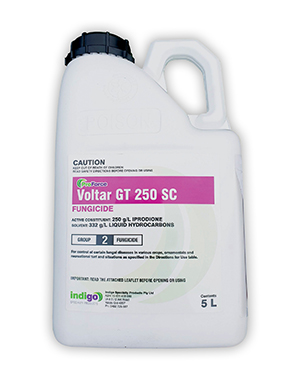
Indigo Voltar GT 250 5L is a broad-spectrum fungicide containing the active ingredient iprodione (250g/L) and is suitable for Zoysia, Kikuyu, Couch and Buffalo grasses.
SHOP NOW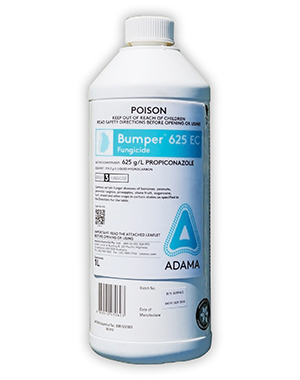
Adama Bumper 625EC 1L contains the active ingredient propiconazole (625g/L) and is suitable for use on Couch grasses.
SHOP NOW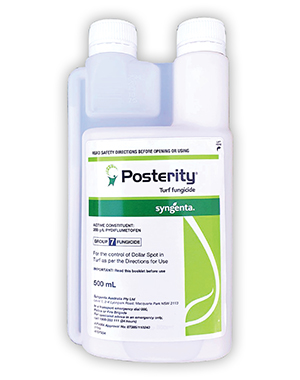
Syngenta Posterity Turf 500ml contains the active ingredient pydiflumetofen (200g/L) and is suitable for Zoysia, Kikuyu, Couch and Buffalo grasses.
SHOP NOW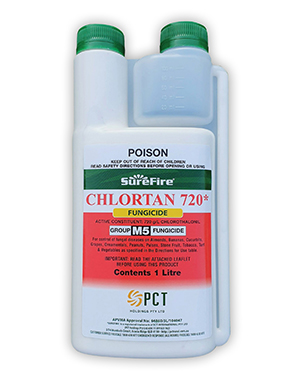
SureFire Chlortan 720 1L contains the active ingredient chlorothalonil (720g/L) and is suitable for Zoysia, Kikuyu, Couch and Buffalo grasses.
SHOP NOW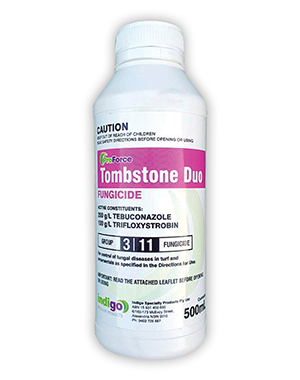
Indigo Tombstone Duo 500ml contains the active ingredients tebuconazole (200g/L) and trifloxystrobin (100g/L) and is suitable for Zoysia, Kikuyu, Couch and Buffalo grasses.
SHOP NOWYou can browse these and other fungicides in the myhomeTURF online shop.